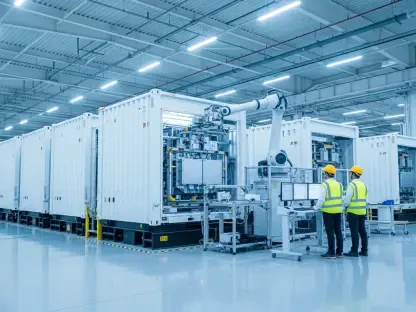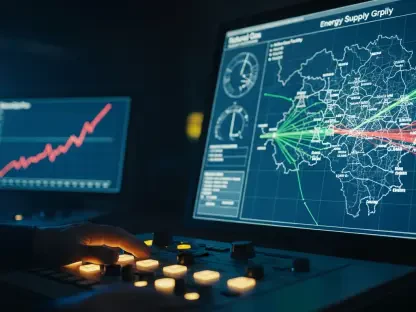Energy demand is expected to surge significantly in the upcoming summer months, driven by expanding sectors like data centers and industrial activities, while traditional power sources are increasingly retired in favor of renewable energy options. This shift presents both opportunities and challenges for the energy industry as it seeks to adapt and manage increased reliance on inverter-based resources.
Overview of Current Energy Landscape
In today’s energy landscape, there is a marked transition from fossil fuels to renewable energy sources, spurred by technological advancements and environmental considerations. The industry is a pivotal facet of modern life, encompassing an array of segments such as solar, wind, and battery technologies, each influenced by governmental regulations and market forces. Key players include major utility companies and innovative start-ups that are actively shaping the competitive landscape, contributing to an ever-evolving mix of grid capabilities. Regulations also play a critical role, dictating how technologies are integrated and ensuring that compliance and operational standards are upheld across the board.
Trends Driving the Energy Transition
Key Factors Shaping the Energy Industry
Several factors are driving the current transformation within the energy sector. Emerging technologies are paving the way for more efficient energy generation and distribution, while evolving consumer behaviors are creating demand for cleaner, more sustainable power. Market drivers include increased electrification and the proliferation of tech-dependent industries, providing new avenues for growth and innovation within the sector. These shifts offer substantial opportunities for those able to navigate the complexities of integrating renewable resources into the grid.
Market Data and Projections
The market continues to grow at an impressive rate, as evidenced by recent data and projections. Demand is set to increase by 10 GW this summer compared to last year, reflecting a growth pace exceeding previous annual increments. Despite the challenges associated with this rapid expansion, forecasts indicate potential for significant gains within renewable energy segments, supported by robust investment and innovative development in response to evolving needs. This forward-looking perspective underscores the importance of strategic planning in meeting future energy demands.
Challenges and Complexities of the Transition
Transitioning from conventional power sources to renewables presents several challenges, ranging from technological hurdles to regulatory complexities. The integration of inverter-based resources, while essential, introduces new risks, such as potential disconnections during grid disturbances. Solutions involve enhanced modeling techniques and strategic advisories aimed at improving grid stability and effectively managing resource variability. Addressing these challenges is crucial for maintaining reliability across the grid during periods of peak demand.
Regulatory Environment and Its Impacts
Regulations continue to shape and influence the energy sector significantly. Laws and standards are being adapted to accommodate the increased use of renewable resources, requiring compliance with specific security measures. The evolving regulatory landscape affects how companies operate and innovate, highlighting the need for industry players to remain vigilant and adaptable. New requirements often impact industry practices, prompting companies to enhance processes and prepare for future regulations.
Future Directions for the Energy Industry
Looking ahead, the energy industry is poised for further transformation, driven by advancements in technology and shifting consumer preferences. Emerging technologies such as enhanced battery storage and smart grid systems are expected to play integral roles in future energy strategies. Anticipated market disruptors and adjustments in global economic conditions will further influence industry trends. Continued innovation and strategic investment are essential for capitalizing on these developments and fostering sustainable growth within the sector.
Conclusion and Industry Outlook
The findings of NERC’s assessment highlight both the opportunities and challenges associated with the impending energy landscape. Proactive planning will be pivotal in addressing rising summer demands and seamlessly integrating renewable resources. With technological and regulatory landscapes in constant flux, the energy sector’s ability to innovate and adapt will determine its success in maintaining grid reliability. As the industry moves forward, dedicated efforts will be required to balance increasing demand with sustainable energy solutions and ensure a stable and resilient energy future.









